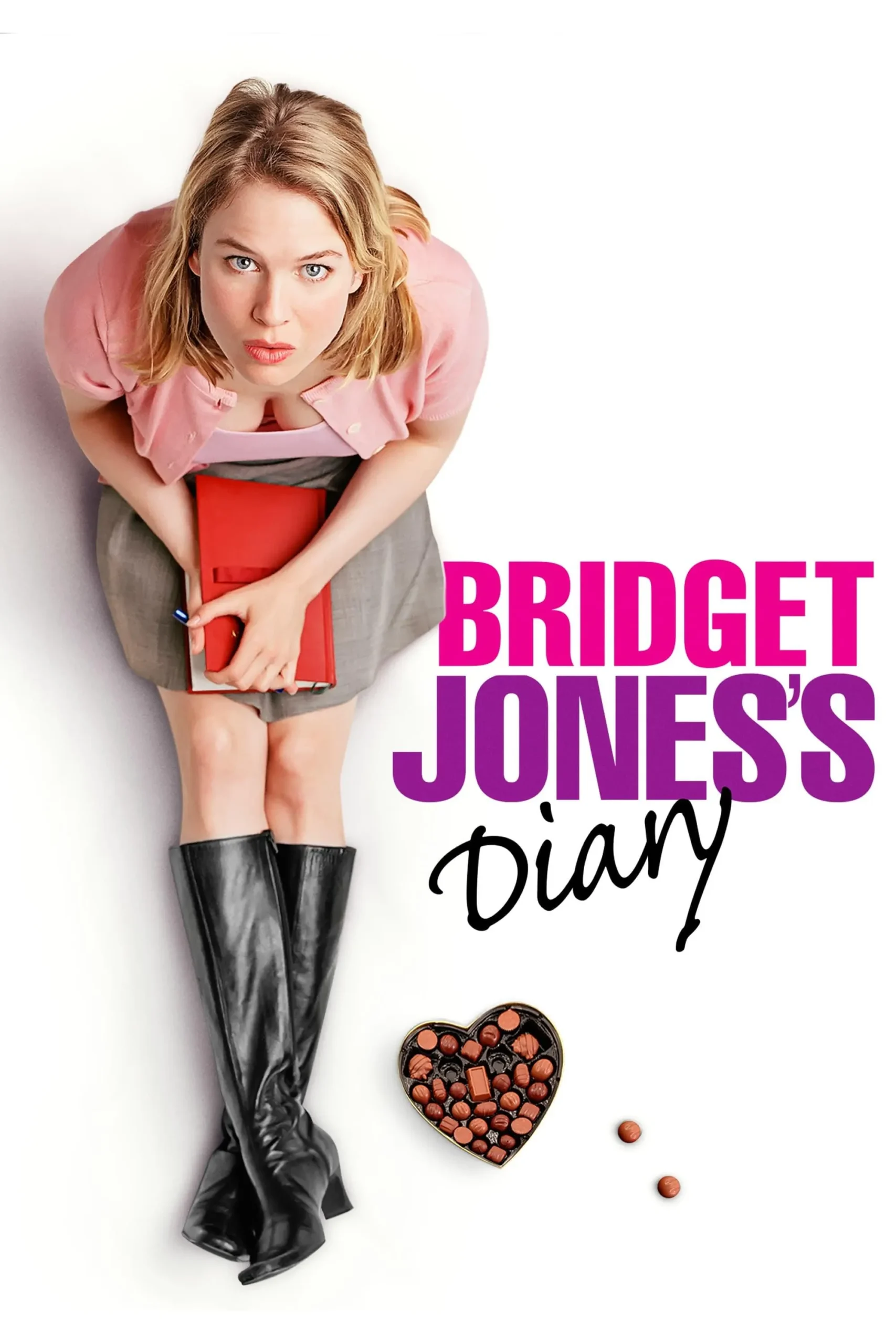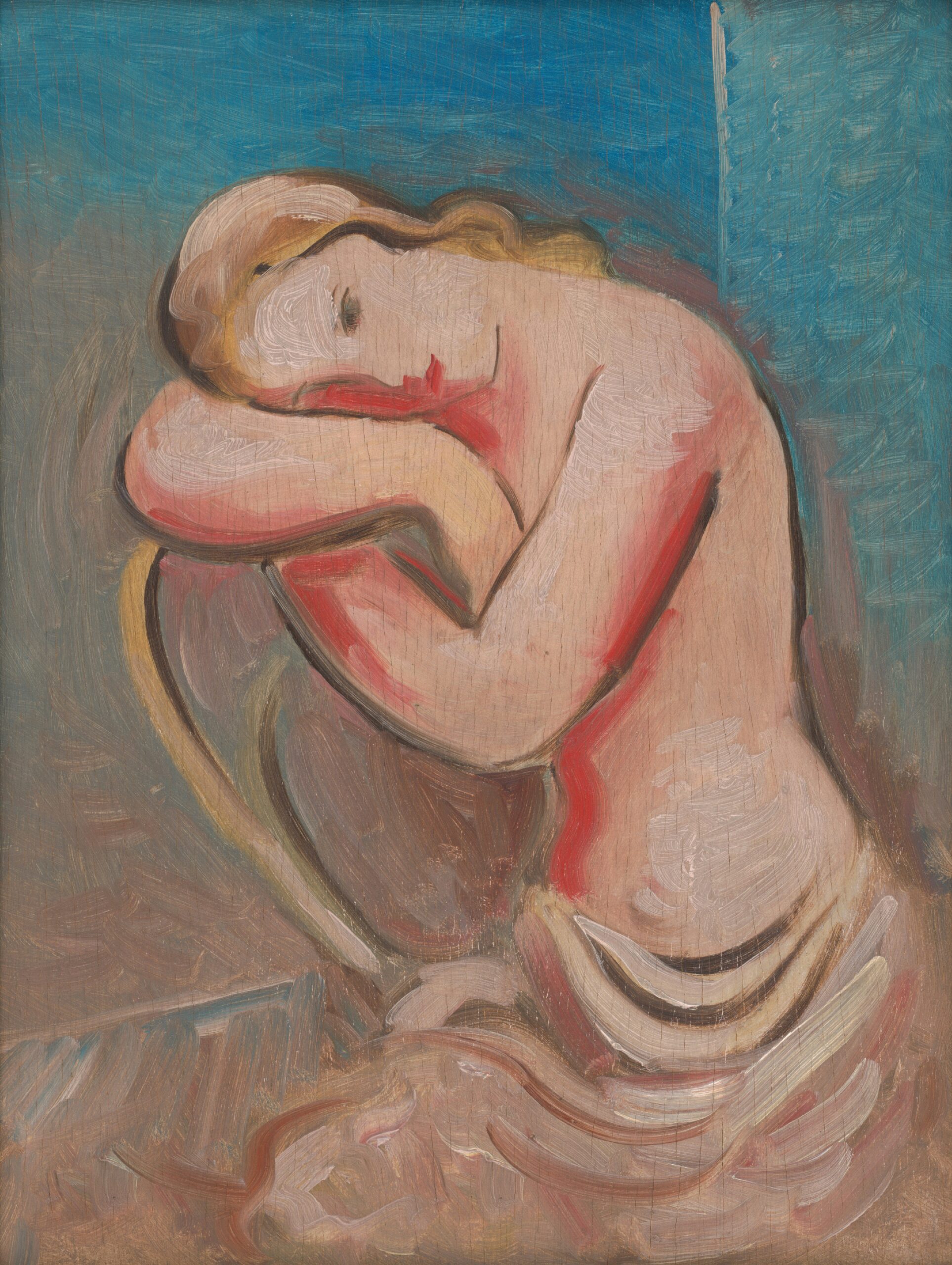
For over two decades, fans have watched Bridget Jones prosper, fail and try again. Last month with the release of Bridget Jones: Mad About the Boy (Michael Morris, 2025) we said goodbye to the beloved heroine and her relatable mischief.
Helen Fielding first created Bridget Jones as a satire of contemporary women’s obsession with romance and social standards. Over the years, Bridget Jones (Renée Zellweger) has grown to feel less like a caricature and more like a comforting friend that audiences can laugh with about our shared embarrassments and insecurities. Bridget Jones has always been chaotically charming and never the ideal rom-com heroine. However, her many flaws and imperfections are what endeared generations of women to this character and what makes this final film so bittersweet.
Throughout the years we have witnessed Bridget Jones’s persistent and optimistic spirit.
She is bubbly, relatable and quick to make a self-deprecating joke. Bridget often says the wrong thing and sometimes makes the wrong decisions. She struggles to value herself and that is why the most important love story in this series is Bridget Jones’s journey to loving herself.
The first film in the series, Bridget Jones’s Diary (Sharon Maguire, 2001), was released before I was born and yet I feel as though I have grown up with these films. Despite being based on a series of novels that began in the ‘90s, author Helen Fielding has recently stated that at her book signings “half the audience are Gen Zs”. Bridget Jones has managed to stay the charming mess that is loved by many for decades.
From the black and white screwball comedies of the ‘30 and ‘40s to the feel good aspirational flicks of the ‘90s, the rom-com has maintained popularity through decades of cinema. The rom-com is known for its predictable storylines and reliable happy endings. While this genre can be traced back to Shakespearean and Austenian literature, the golden age of the Hollywood rom-com is often considered the ‘90s. The heroines in these films tended to fall under certain tropes such as the beautiful, quirky girl next door usually played by Meg Ryan or Julia Roberts as the irresistible cool girl. The typical romantic comedy, like the majority of Hollywood films, tended to promote an aspirational lifestyle. The heroines of these films were just regular enough to appear potentially relatable but beautiful and smart enough to be unattainable. They have a great apartment, a great job and a best friend who exists solely to praise them. Additionally, despite their successful professional lives they tended to uphold conservative values and spend the majority of the movie yearning to get married and have kids.
Bridget Jones shares some of these qualities. She repeatedly wishes for a husband and a family and despite facing a career change mid-way through the first film, she never seems to struggle financially. She has a great friend group and a fun London lifestyle. However, Bridget, while still played by a beautiful Hollywood actress, was totally chaotic and laughably relatable in a way that made her feel more genuine than the stock heroines that the genre tended to depict. She never hid her bad habits and often found herself in embarrassing situations. Bridget externalised the imperfections that Hollywood generally told us to hide.
While Bridget’s constant and unnecessary obsession with her weight has not aged well in the context of today’s body positivity movement, her concerns about her appearance are realistic. Even though society and beauty standards have changed since the film’s 2001 release, the internal pressures and external stresses to look a certain way remains prevalent in our contemporary culture.
The first film in the series, Bridget Jones’s Diary introduced us to the world of single 32-year-old Bridget Jones. As described by the film’s tagline Bridget Jones is “Uncensored. Uninhibited. Unmarried.” This film follows Bridget’s attempts to change her life by quitting smoking and drinking, losing weight and finding her “Mr Right”. During the film Bridget engages in a short-lived affair with her womanising boss Daniel Cleaver (Hugh Grant), becomes a television reporter, reexamines her feelings for the previously arrogant Mark Darcy (Colin Firth) and discovers her self-worth.
Bridget Jones is easy to root for and American actress Renée Zellweger is fantastically believable as the British heroine, contributing a large amount of the charm that the film conveys. Additionally, there is undoubtedly a nostalgia factor which influences the joy and humour that this movie never fails to deliver. The first film is fun and escapist but also reminds us that adulthood is not perfect, a recurring message in this series.
By the third film Bridget Jones’s Baby (Sharon Maguire, 2016), Bridget has achieved it all, in terms of the rom-com standard of happiness. She is married to Mark Darcy and they have begun their family. However, the fourth and final film Bridget Jones: Mad About The Boy, shows audiences that even in the rom-com world a perfect life is not guaranteed. This series is built upon showing us what happens after the happy ending.
While the film salways feature a romantic plot, the narrative reminds us that this story is about Bridget and her journey of self-discovery. At the beginning of every movie in the series Bridget is always single. Her character development and personal growth is at the heart of this story. Neither life nor Bridget will ever be perfect but we are reminded that we must keep living and growing regardless of the obstacles we encounter.
Mad About the Boy opens a few years after Mark Darcy’s death. Once again our heroine is single, this time as a widowed mother. Throughout the film Bridget goes through one last journey of self-discovery and self-reliance. We witness how Bridget manages to function in Darcy’s absence, learning to find joy in the world while accommodating her grief. Returning to work, managing her two young children and falling in love again. The film is an emotional journey, particularly for fans of the Bridget Jones series. The film pairs laughs and tears in a well-constructed goodbye to the iconic heroine. An unexpected highlight of the film is the genuine friendship that Bridget and Daniel have formed years after their failed romance and the supportive community that Bridget has built over the years.
This film considers the fans of the series with references to the previous movies in the form of reindeer jumpers, oversized knickers, and sheer shirts. Nevertheless, Bridget Jones: Mad About the Boy does not feel like a cash grab opportunity for studios to profit off of fans of the series. This film feels like a genuine and heartfelt goodbye to a character that has been loved by many. Helen Fielding respects Bridget Jones and this movie told me that she also respects those who have followed Bridget on this journey.
The Bridget Jones films remind us to know our worth, never to give up and remember that, in the real world, there is no happy ending, but there can be a happy life as long as we work every day to build it for ourselves. This final film is about learning to live when we have found ourselves confronted by life’s hardest challenges and simply surviving.






